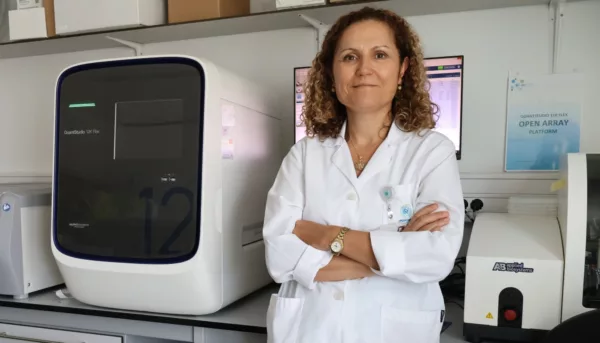Transforming research into clinical practice - Bench to bedside
Urology covers a broad range of diseases, from malignant diseases like prostate, bladder, and kidney cancers to benign conditions such as urinary tract infections, functional impairments, immune-mediated syndromes, and reproductive health problems like male infertility. Recent progress in experimental urology, including in vitro models, patient-derived organoids, and preclinical animal studies, has enhanced our understanding of the cellular and molecular mechanisms behind these conditions. Simultaneously, multiomics approaches that combine genomics, epigenomics, transcriptomics, proteomics, and metabolomics are uncovering complex molecular networks, opening new avenues for precision diagnostics and targeted treatments.
Transforming these discoveries into clinical practice, however, remains inconsistent and often underdeveloped. In urological oncology, for example, multiomics data have identified distinct molecular subtypes of bladder and prostate cancers. Nonetheless, the use of these insights in routine clinical decision-making remains limited. Likewise, complex benign conditions such as chronic pelvic pain syndrome, interstitial cystitis, and idiopathic male infertility are often managed with broad, empirical treatments that do not incorporate mechanistic insights from molecular and experimental research.
Importantly, by identifying at-risk populations, understanding disease prevalence, and considering sociocultural determinants of health, epidemiological studies validate experimental results at the populational level. Indeed, the knowledge derived from those studies may also provide innovative strategies for screening, prevention, and health policies tailored to the demographic and clinical realities of specific urological disorders.
What can we learn from nursing research?
Nursing research is equally crucial in translating research findings for patient benefit. As direct care providers, these researchers contribute to a better understanding of patient experiences, treatment adherence, and health outcomes. Assessing the interaction of biological, psychological, and behavioural factors in managing chronic urological conditions such as urinary incontinence and lower urinary tract symptoms is an example of such contribution. Furthermore, nursing-led interventions are key to developing and implementing effective patient education, self-management tools, and adherence strategies, which are fundamental to deploying a truly personalised medicine.
Patient associations and caregivers
From a different angle, patient associations and caregivers are also vital; their living experiences and advocacy efforts increasingly shape urological research. These are key in providing direct insights into disease burden, quality of life, treatment side effects, and perspectives often underrepresented in clinical trials and guideline development. Their involvement ensures that research remains grounded in patients' needs and expectations and that care strategies are practical and sustainable.
Bench to bedside
Bridging the gap between bench and bedside requires an integrated, system-wide approach that involves multidisciplinary research teams and includes the voices of patients, caregivers, and frontline care providers at all stages of research and clinical innovation. The EAU Section of Urological Research is especially well-placed to lead this transformation. By promoting collaborative research networks, supporting early-career investigators, and facilitating dialogue among basic scientists, clinicians, patients and other key stakeholders, the Section can act as a catalyst in closing the translational gap and help to ensure that scientific discoveries in urology translate into meaningful, equitable, and patient-centred improvements in care across Europe and beyond.
